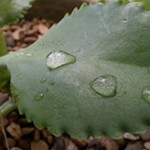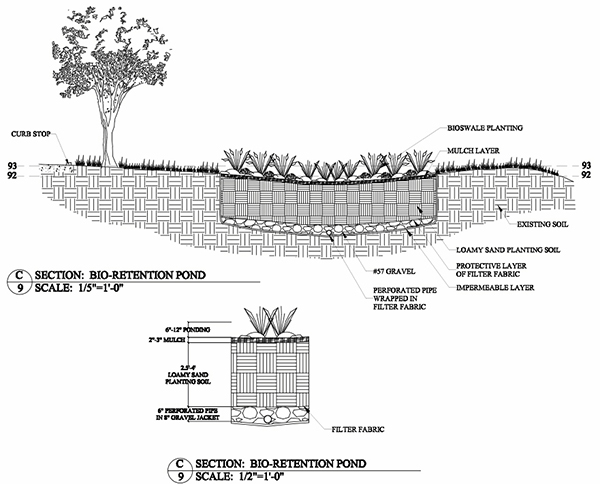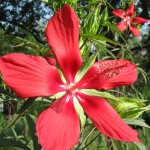Rain GardensWe all have an opportunity to save and reuse water in the landscape, and it can be as simple as incorporating your rain water into your planting design. Rain gardens are an excellent way to temporarily capture water from large rain events and irrigate your garden to save you money and reduce the amount of clean rain water flowing into your sewer system.
Location: Rain gardens should be close to a downspout, natural depression, or swale in your yard that typically receives water during a rain event. If you would like your rain garden to be further from a downspout, then you can run the water in a pipe under ground to the rain garden location downstream.
Planting Plan: You can choose from a variety of native trees and grasses for your area to plant in your rain garden. The key is to use a variety of plants that can live with very little water and complete saturation.
Plant Suggestions (may vary according to location):
- Grasses – Maiden Grass, Gulf Muhly, Inland Sea Oats, Sedges, Switch Grass, Bluestem, Prairie Wild Rye
- Ground Covers – Liriope, Frog Fruit, Purple Heart
- Perennial Flowers – Black Eyed Susan, Indian Paintbrush, Obedient Plant, Purple Coneflower, Plains Coreopsis, Rock Rose, Indigo Spires Sage, Texas Star Hibiscus, Daylily, Blue Plumbago, Louisianna Iris, Blue Flag Iris, Lantana, Cast Iron Plant
- Ferns – Southern Maidenhair Fern, Wood Fern
- Vines – Passionflower, Cross Vine
- Shrubs – American Beautyberry, Possumhaw Holly, Dwarf Wax Myrtle, Dwarf Palmetto, Turk’s Cap
- Trees – Texas Redbud, Yaupon Holly, Mexican Plum, Blad Cypress, Cedar Elm, Southern Magnolia, Chinese Pistachio, Burr Oak, Pecan, Fan Palm, Dwarf Palmetto
Although there are many other plants species that are well suited for your rain garden, it is best to contact a landscape designer to aid in the best plant selection and location for your rain garden.

